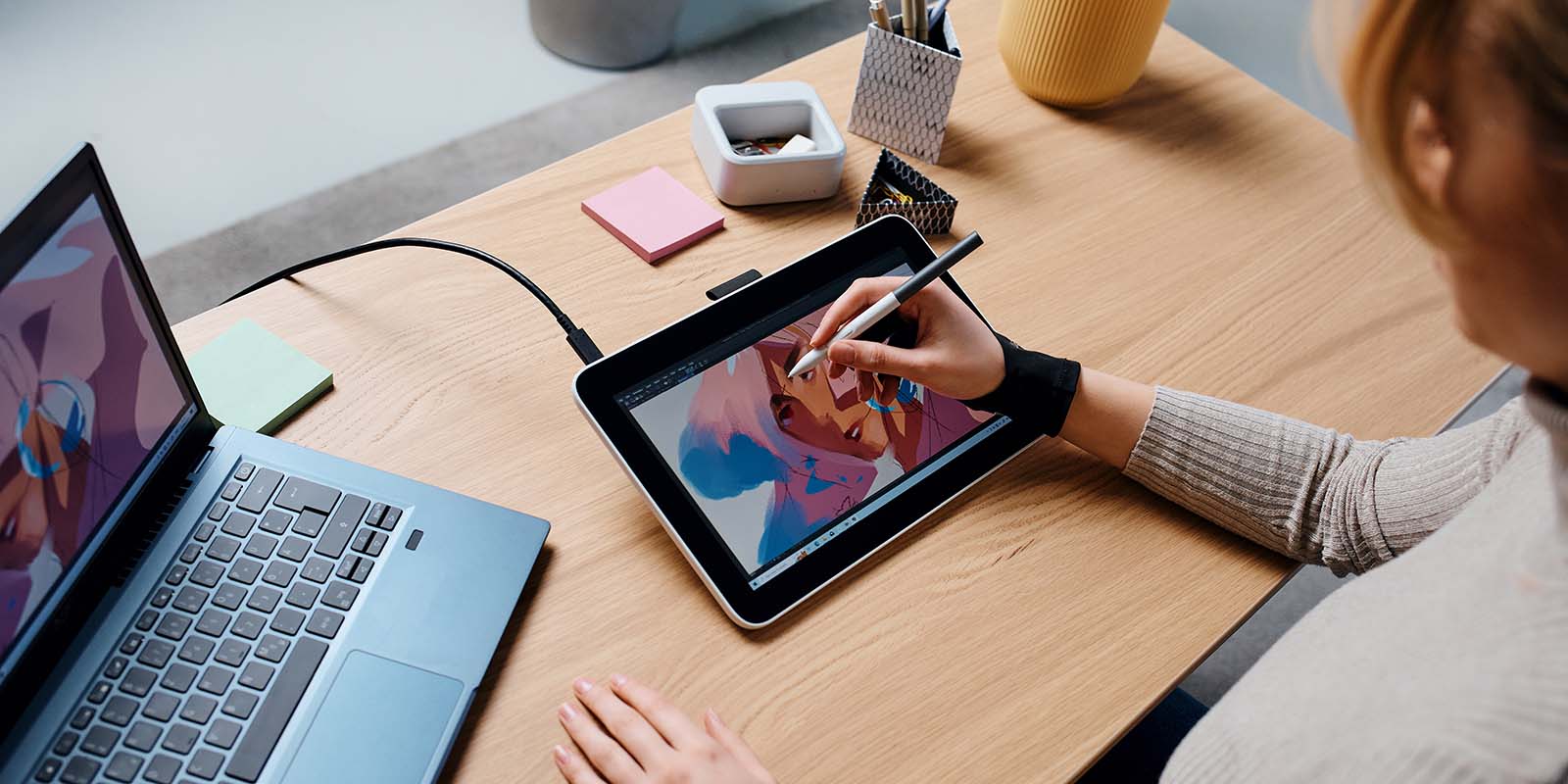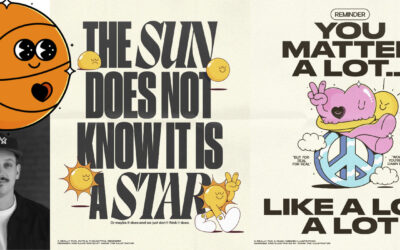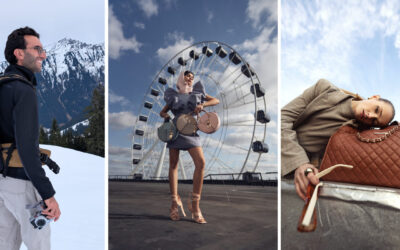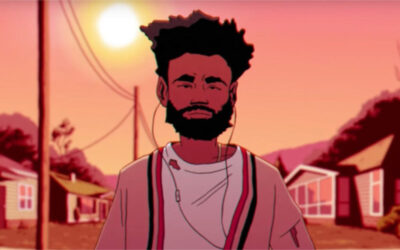One of the best creative careers out there in 2023 is that of a concept artist. Concept artists work on films, TV shows, video games, and countless other creative projects, and virtually every kind of artistic output is represented in this field — digital painters and illustrators, 3d artists, photo manipulators, animators, and more.
But if you’re a young artist — maybe nearing high school or art school graduation — and you want to get into concept art as a career, how do you get started? We spoke with three professional concept artists about their careers and what young artists need to know. The interviews have been edited and combined for clarity and length.
Interviewed for this article:
- Ana Rivera (Website, Instagram) is a concept artist who has worked for Cartoon Network, Netflix, and currently works primarily in the video games industry.
- Barbra Araujo (Website, Instagram) is a costume concept artist who has worked in TV and film for companies such as Disney, Netflix, Paramount, and more.
- Sam Garcia (Website, Instagram) is a visual development artist who has worked in film and video games.
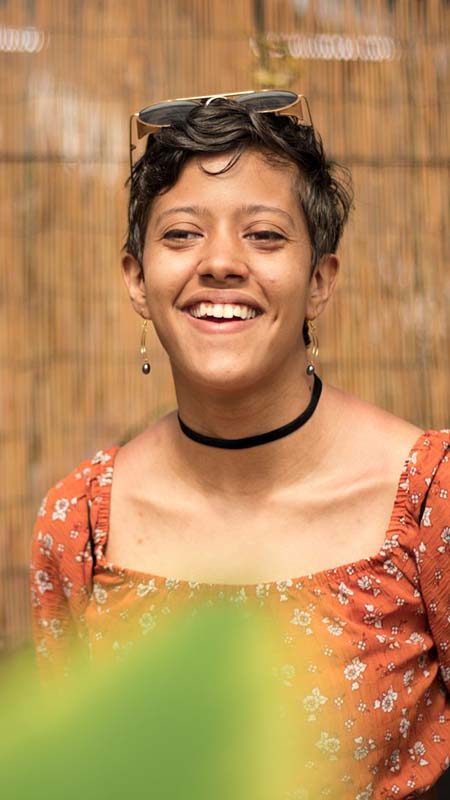
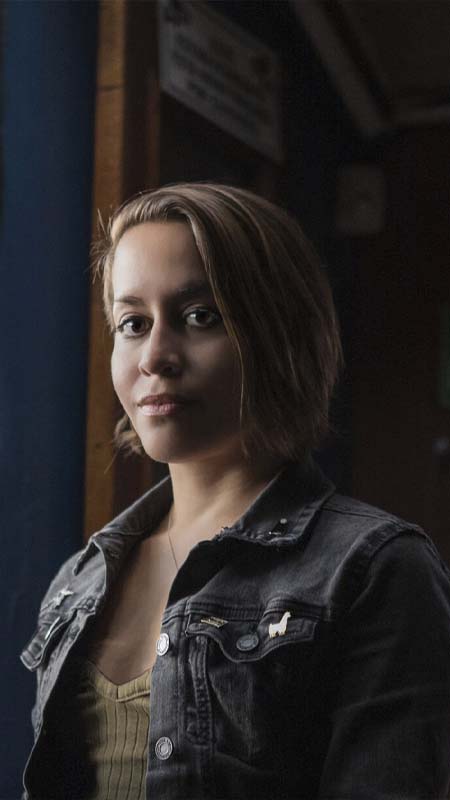
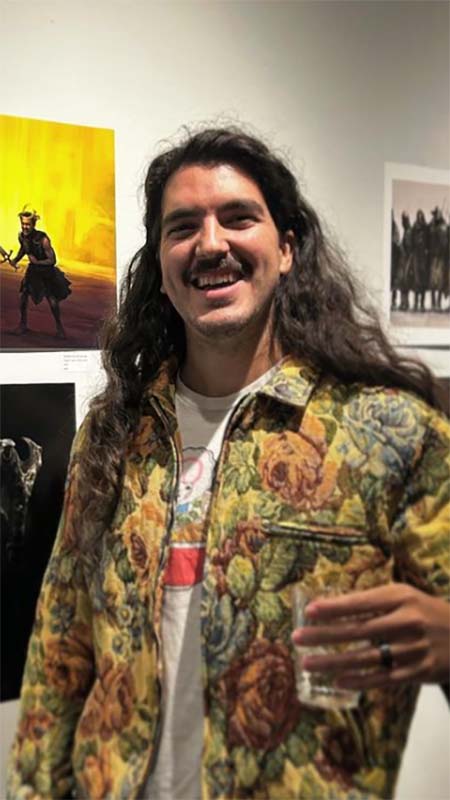
Would you recommend young artists go to art school like you did? Why or why not?
Barbra Araujo: There are pros and cons to attending art school and to pursuing your own art education. Everyone learns differently, so art school may not be for everyone. It felt like the only option for me, because at the time there weren’t any online resources available that compared to the level of education I received in school. I also really benefited from having other artists around me. We evolved together, and challenged and supported each other. My B.F.A. curriculum was fast-paced and intense and instilled in me a strong work ethic and invaluable foundational skills which I carry with me to this day. But art school is expensive, and not everyone has the means or access to financial aid.
These days, there are great alternatives to art school and artists can customize their own art education path. Also, joining groups like the Concept Art Association and interacting with other artists or attending workshops can help you meet other people in different stages of their artistic journeys.
Ana Rivera: I would recommend students seek online courses and small atelier-style schools. I studied in an impoverished Puerto Rican art college. It was cheap, but classes were outdated, and the art was not geared toward discipline. They didn’t teach digital painting, so I had to teach myself and it took a while. I feel like I lost momentum in those five years in college, because I didn’t have a teacher to guide me. On the other hand, I don’t have student loans — United States colleges are way more expensive, and I never recommend them.
Online resources like YouTube and small schools like Concept Design Academy are free or are a fraction of the price and way more concentrated on growth and not the grade bottom line. Not only is it a good space to learn, but also a great place to network. The new wave of artists has many more accessible resources than even I had a decade ago.
Sam Garcia: I believe everyone’s art journey is very, very different, and that’s a beautiful thing. Regardless of the experience level someone’s obtained throughout their life, there are fundamental artistic principles, and a lot of those fundamental themes may be undiscovered by the artist. That’s the reason I believe everyone would greatly benefit from, at the very least, some form of formal art education. It’s up to the artist to identify their artistic goals and to support those goals with proper practice and adequate learning where applicable.
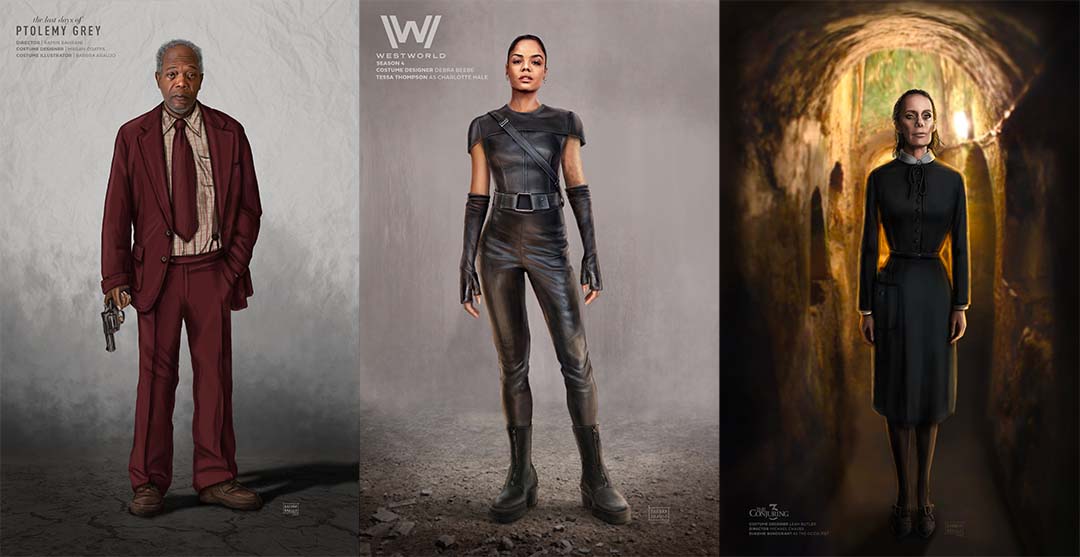
What are some of the most important skills young artists should develop to be successful in concept art careers?
Ana Rivera: It all comes back to foundations. You will know how to stylize, how to draw, and paint better. I overcame many obstacles when I went back and painted in real life, studied movie frames, and saw videos about color—what is light, what is value, etc. To this day, I still search for courses on these topics. There’s always something to learn and others that take more time to process.
Also, networking skills. Be open to engage with people and make new friends. Don’t always approach it as a business exchange — try to learn who they are, how they got there, and keep in touch. You can create friendships through networking, too, and it helps you grow as a person. Networking is the main reason I made the connections that led to some of my first major gigs.
Barbra Araujo: Versatility, efficiency, creative problem solving, and a willingness to continue learning. Having a range of skills like traditional drawing and painting, digital painting, photobashing, 3D sculpting, knowledge of anatomy, color and lighting, and knowledge of the appropriate materials and construction methods for your concept work (i.e. clothing construction and textile science for costumes). It’s also important to be able to take direction, take criticism, and work well with others. A lot of jobs come via word of mouth, repeat clients, and your peers, so make sure that your clients and your fellow concept artists have a great experience working with you.
Sam Garcia: Other than developing your technical illustration and creative design skills which comes with practice, practice, practice, and venturing into uncomfortable art areas that push your limits and help your growth, I believe some of the most important soft skills to have pertain to character.
I believe the most successful artists are those who are very easy/enjoyable to work with and are very comfortable working with a team, those who understand and positively receive constructive criticism and learn to take rejection very well, and those who are very kind to others and have a humble, open, accepting attitude, willing to always remain students of their craft while lifting others up.
As aspiring concept artists and illustrators continue to develop their skills, I believe they should try identifying what they enjoy the most and what really inspires their creativity. That’ll inform a lot in terms of what concept art branch they can start learning about and leaning into. Then, start creating! Familiarize yourself with workflows, software, artists that create the art you love, and begin your creative journey!
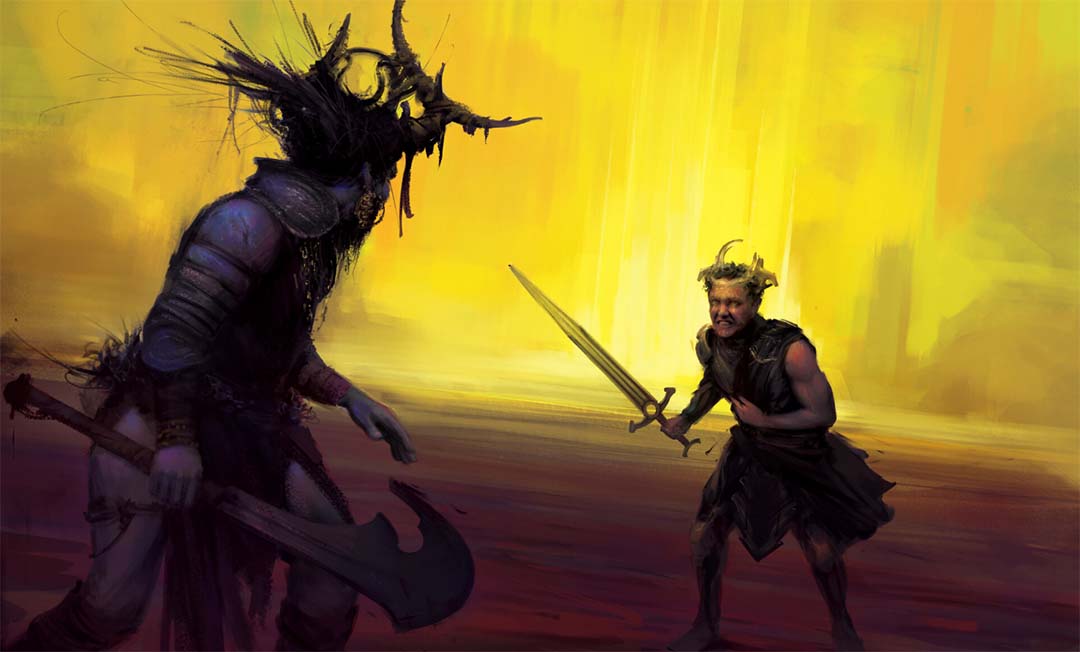
What is a “day in the life” of a concept artist like you?
Barbra Araujo, costume concept artist: It’s long and very fast-paced. I work 10-15 hours a day, depending on the projects and deadlines. I start the day checking in with the client if we need to discuss the workload, otherwise if I already have a set task and I start immediately. I research all aspects of the illustration or concept — the actor’s likeness, body type, pose reference, fabric reference, clothing reference, backgrounds, design details, etc. — then work on a mockup illustration to share WIP with the client as quickly as possible. If they have any notes, I make those, otherwise I proceed to rendering, which is a time-consuming process.
The feedback process often continues until we arrive at the final versions. I try to remember to take enough breaks throughout the day to stretch, alternate between standing and sitting, and of course have meals. Work life balance is really important, and it’s something I’m always working on improving.
Sam Garcia, visual development artist: A Visual Development Artist’s role is to develop the visual language of the story. This includes creating designs and exploration sketches for characters, props, and environments and can extend further into creating key frame, promotional or other production art.
The day to day of a Visual Development Artist begins with receiving the brief for the project we’re needing to develop the visual language for. Where we start depends on the Art Director/Art Lead. Let’s say we’re needing to design the main character first. The first step is understanding the story of that character and the world they’re a part of. I’ll thoroughly review all the material provided to me regarding the story, and I’ll begin researching and drafting a mood or reference board. This will usually contain possible color palettes, references, and many notes for design ideas.
Next, I’ll sketch silhouette thumbnails, and begin defining the light direction and the main shapes and structure of the clothing and defining features. Then, I’ll choose my favorite designs and create iterations where I’m exploring what other possible costumes, facial features, weapons, or props would look like for them. To finish off, I’ll fully render out my favorite iterations. Depending on the project, each or some of the steps will require the Art Directors/Art Leads decision-making. The creation process is very collaborative.
Barbra, your career shifted from fashion design into costume and concept art for film and entertainment. Why and how did you transition?
Barbra Araujo: I first became interested in costume history and costume design as a teenager, but decided that a degree in fashion design would offer more career options and versatility. After graduating, I worked my way up in the fashion industry. But I came to realize that the fashion industry just wasn’t for me. By that point drawing brought me more joy than design, so I decided to switch gears and pursue illustration — my favorite subject in school. That was when I discovered that costume concept art existed as a career and I went down the self-taught path to learn digital art. My fashion background has been incredibly useful in my work, and I’ve finally found what makes me happy.
The most notable difference between working in both industries is that in fashion, everything I designed had to work on a full size range of bodies (which is no small feat), had to fit the brand’s often narrow identity and customer base, and most importantly had to sell in large volumes to be considered successful. In entertainment, every project is unique and a chance to explore a new world, time period, genre, and characters of all ages, genders, shapes, and sizes. The focus is on creating custom looks that help convey the character’s story arc visually — something that I find incredibly fascinating and endlessly inspiring.

Ana, you seem to like darker themes in your illustration and personal work. But some of your jobs have been on children’s cartoons, bright video games, or mainstream films. How do you balance your personal interest with the expectations of employers if they clash?
Ana Rivera: I don’t like to be put in a specific box; like my mood, my art shifts and grows. And any opportunities I can take, I go for. It’s very uncommon to have dark moody gigs for me, but there’s always demand for the other styles that I also love. I keep my moody paintings for my own pleasure in the form of a hobby, but I love my duality. I’ve been working on more stylized things to bring to my portfolio. And if there’s a client that hires me for my dark and moody work, it is always a special experience to be paid for being myself.
I approach my job as a person who wears different types of hats. I try to make clear to my clients that what they want comes first. I’ve been a fan of animation since I was a kid, and I even animated in college. It’s an art style that very much influenced my work, and is the reason I was interested in joining the industry. I also have a deep-seated fascination with horror and history. I wish there were more projects that could mix the two since animation is a medium, not a genre.
Sam, what are some of the differences in working on film vs. working on games, as well as other types of media and projects you’ve worked on? Do you prefer any one over the others?
Sam Garcia: The production time for computer and console games is usually longer, and there will be a larger demand to design more for games than for film, which also means there may be more illustrative demand. Films, on the other hand, usually have a shorter production schedule and concept artists may be contracted to work for a shorter amount of time.
This also means that depending on the project, sketches may not even be needed, and some concept artists will provide fully rendered, finished designs. With all of that said, it really depends on the studio, and/or the producer of the project, and/or the costume designer. Their preference, art direction, project demands, and budget will all dictate the kind of experience you’ll have on each project. As long as I’m designing alongside great people, that’ll always be my preference.
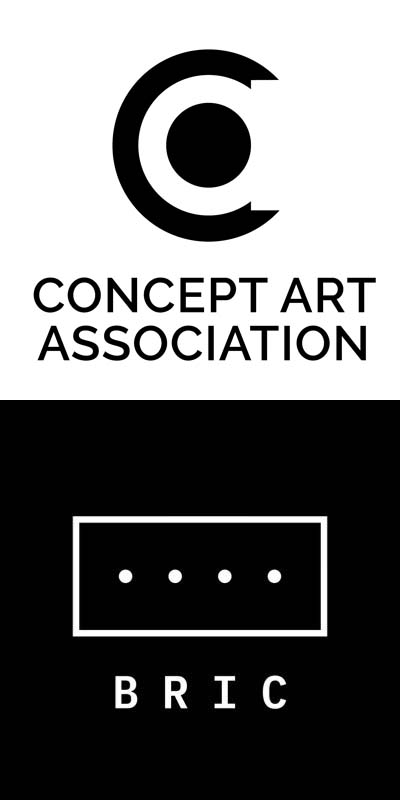
Want to learn more?
The BRIC Foundation and the Concept Art Association support new and established concept artists in a variety of ways. Major thanks to both organizations for connecting these artists with Wacom and facilitating this interview.
Check out the BRIC Foundation at their website, Instagram, and Twitter.
Check out the Concept Art Association at their website or on Instagram.

